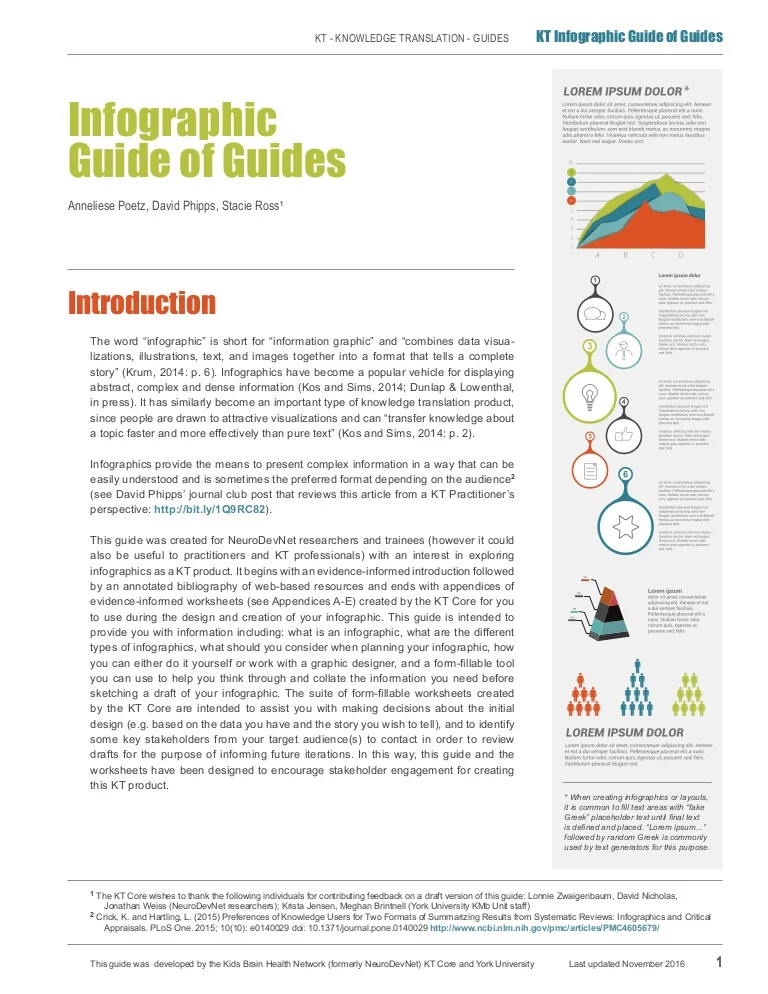Therapy For Ptsd
Therapy For Ptsd
Blog Article
Just How Do State Of Mind Stabilizers Work?
Mood stabilizers assist to calm areas of the mind that are influenced by bipolar affective disorder. These medicines are most reliable when they are taken routinely.
It might take a while to find the ideal drug that works finest for you and your medical professional will check your problem throughout treatment. This will include normal blood tests and potentially an adjustment in your prescription.
Neurotransmitter policy
Natural chemicals are a team of chemicals that regulate one another in healthy and balanced people. When levels end up being out of balance, this can bring about mood disorders like anxiety, anxiousness and mania. State of mind stabilizers help to avoid these episodes by assisting manage the equilibrium of these chemicals in the brain. They also may be utilized along with antidepressants to enhance their effectiveness.
Medicines that function as state of mind stabilizers consist of lithium, anticonvulsants and antipsychotics. Lithium is probably the most well known of these medications and works by impacting the circulation of salt via nerve and muscular tissue cells. It is most often used to treat bipolar affective disorder, however it can likewise be handy in dealing with various other state of mind disorders. Anticonvulsants such as valproate, lamotrigine and carbamazepine are also effective mood stabilizing medications.
It can take a while to discover the best kind of medicine and dose for every individual. It is very important to collaborate with your medical professional and take part in an open discussion concerning just how the drug is benefiting you. This can be specifically useful if you're experiencing any side effects.
Ion channel modulation
Ion channels are a significant target of state of mind stabilizers and several various other medicines. It is currently well established that they are dynamic entities that can be modulated by a variety of external stimulations. On top of that, the inflection of these networks can have a variety of temporal impacts. At one extreme, changes in gating dynamics might be rapid and rapid, as in the nicotinic acetylcholine receptor/channel system. At the various other end of the spectrum, covalent adjustment by online therapy sessions protein phosphorylation might cause modifications in channel function that last longer.
The area of ion network inflection is going into a period of maturity. Current research studies have demonstrated that transcranial concentrated ultrasound (United States) can promote neurons by activating mechanosensitive potassium and salt networks embedded within the cell membrane layer. This was shown by revealed channels from the two-pore domain name potassium household in Xenopus oocytes, and focused US dramatically regulated the current moving via these channels at a holding voltage of -70 mV (right panel, loved one result). The outcomes are consistent with previous monitorings showing that antidepressants impacting Kv networks control glia-neuron interactions to contrary depressive-like behaviors.
Neuroprotection
State of mind stabilizers, like lithium, valproic acid (VPA), and carbamazepine, are necessary in the treatment of bipolar disorder, which is identified by frequent episodes of mania and anxiety. These drugs have neuroprotective and anti-apoptotic properties that aid to avoid mobile damage, and they also improve cellular strength and plasticity in dysfunctional synapses and neural wiring.
These protective activities of mood stabilizers might be mediated by their restraint of GSK-3, inositol signaling, and HDAC activity. In addition, long-lasting lithium treatment secures against glutamate excitotoxicity in cultured nerve cells-- a model for neurodegenerative conditions.
Studies of the molecular and mobile effects of mood stabilizers have actually shown that these drugs have a large range of intracellular targets, including several kinases and receptors, along with epigenetic adjustments. Refresher course is needed to establish if mood stabilizers have neurotrophic/neuroprotective activities that are cell kind or circuitry details, and how these results may match the rapid-acting healing reaction of these representatives. This will certainly assist to create new, quicker acting, extra effective therapies for psychological diseases.
Intracellular signaling
Cell signaling is the procedure through which cells communicate with their atmosphere and various other cells. It involves a series of action in which ligands interact with membrane-associated receptors and cause activation of intracellular paths that regulate vital downstream mobile functions.
Mood stabilizers act upon intracellular signaling via the activation of serine-threonine protein kinases, leading to the phosphorylation of substratum proteins. This triggers signaling waterfalls, bring about changes in gene expression and mobile feature.
Many mood stabilizers (including lithium, valproate and lamotrigine) target intracellular signaling paths by hindering specific phosphatases or activating particular kinases. These impacts create a decrease in the activity of these pathways, which causes a decrease in the synthesis of particular chemicals that can influence the brain and result in signs of anxiety or mania.
Some state of mind stabilizers additionally function by enhancing the activity of the repressive natural chemical gamma-aminobutryic acid (GABA). This enhances the GABAergic transmission in the brain and decreases neural activity, consequently creating a relaxing result.